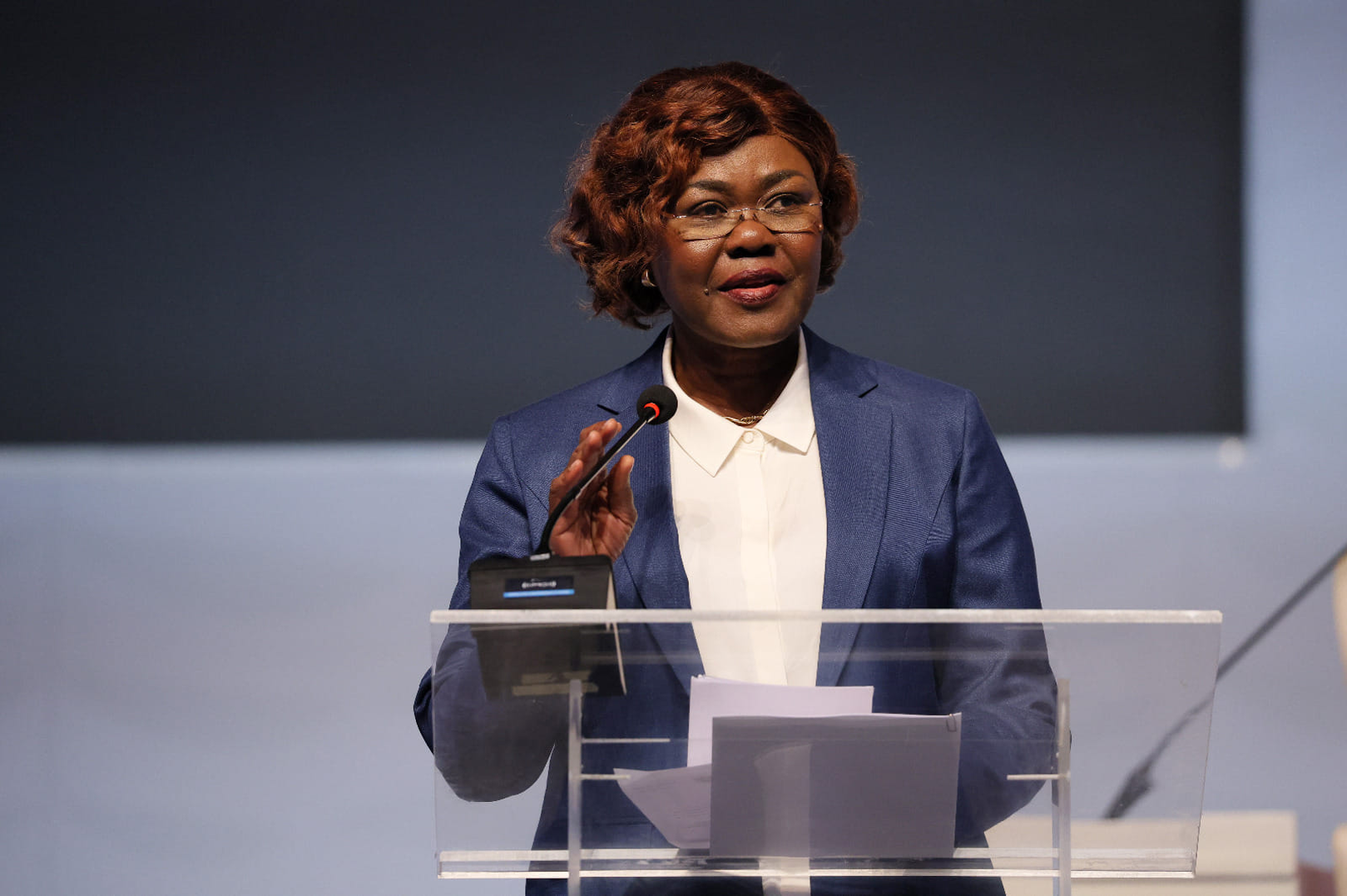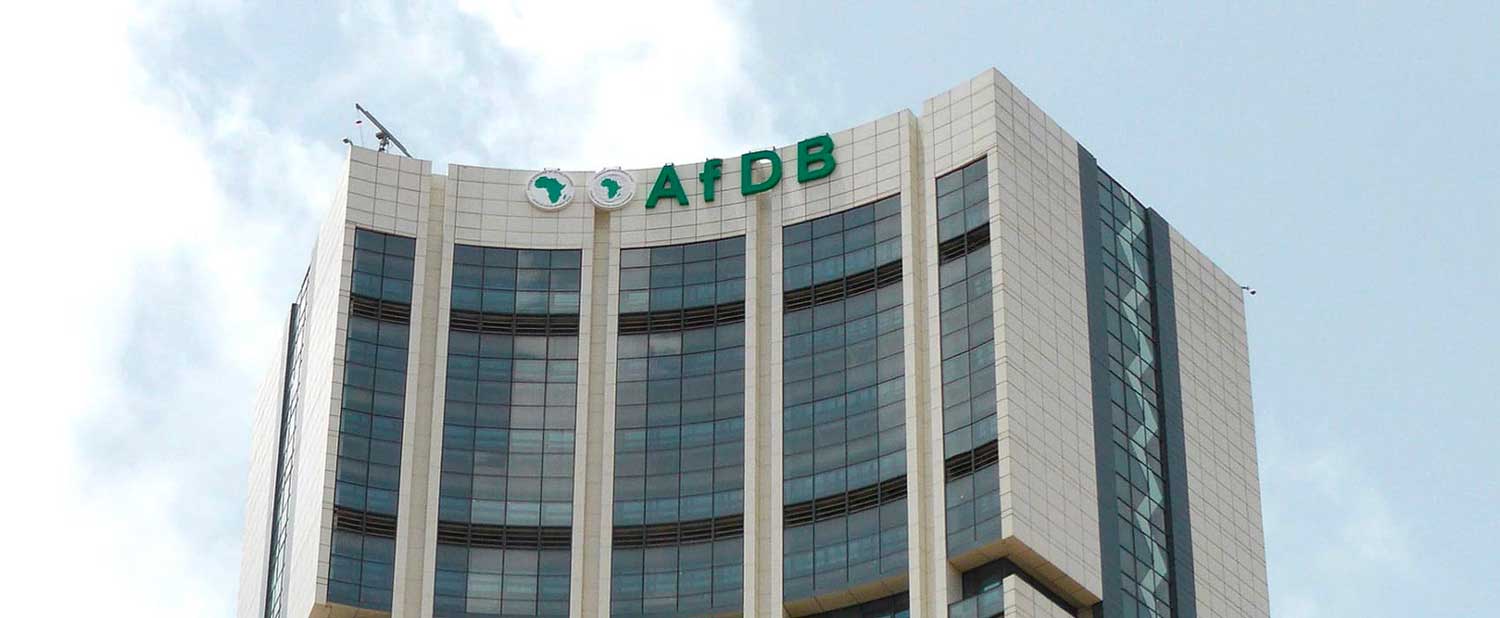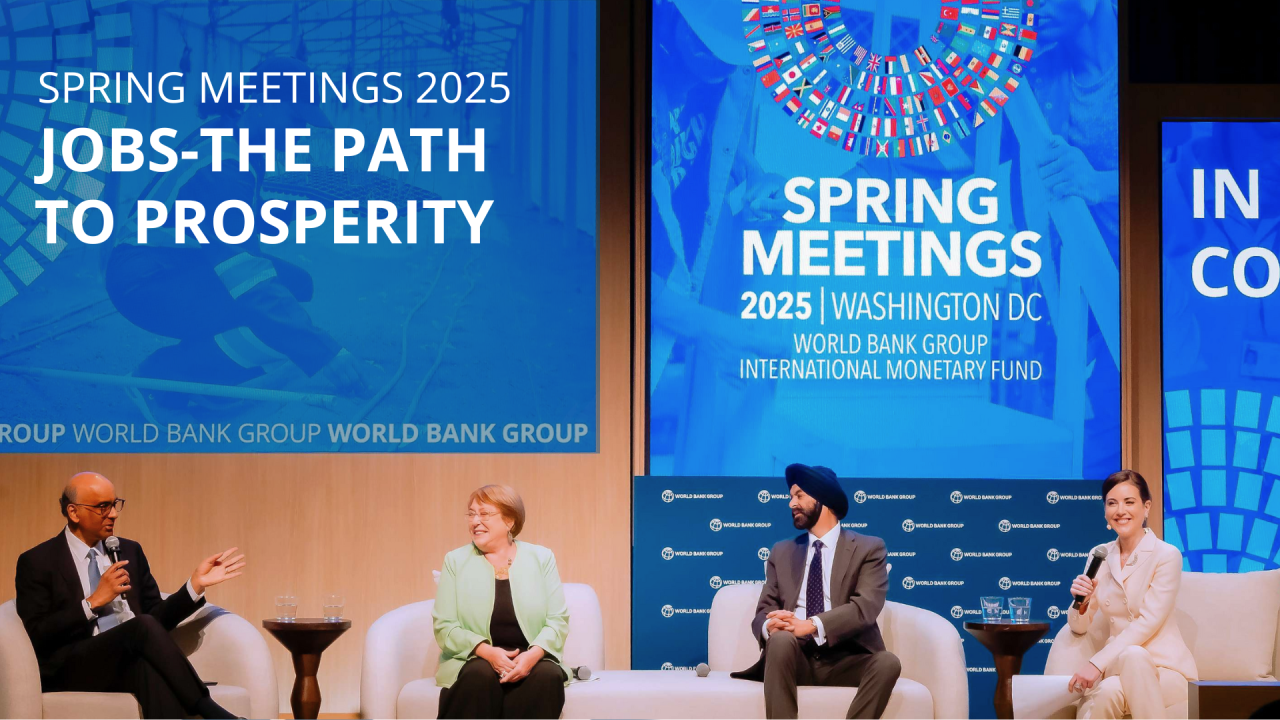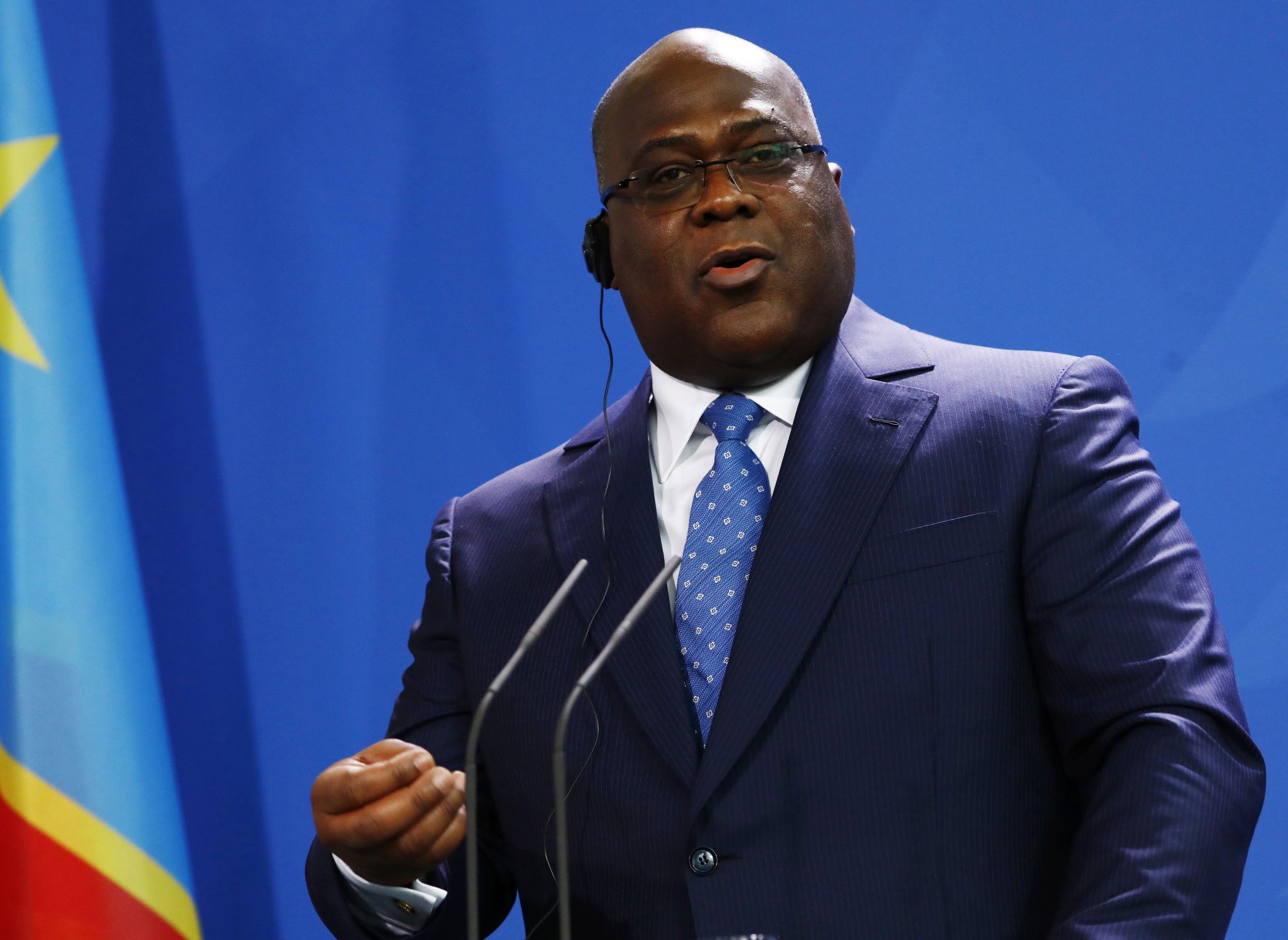IMF World Bank Bilaterals Support Ivorian Stability
Côte d’Ivoire secures concessional anchors to compress refinancing risk as EM credit tracks EMB while energy volatility via CL=F tests buffers; growth ~6% and debt mid-50s of GDP sustain WAEMU benchmark status if execution metrics hold.

Côte d’Ivoire’s finance minister Nialé Kaba used October 2025 bilaterals with IMF and World Bank leadership to lock in a concessional funding path that stabilises the macro framework while global rates remain restrictive. On a calendar-year basis, real GDP growth is projected at about 6.3% in 2025 and near 6% in 2026; average inflation is around 1.0% in 2025 after mid-year negative prints.
General government debt is in the mid-50s percent of GDP for 2025, a manageable level for a frontier issuer with strong trend growth. The overall deficit is guided to the 3.0% of GDP WAEMU ceiling in 2025, aiming to preserve debt stabilization as the public investment programme transitions into a more selective, execution-focused phase.
The policy mechanism is clear. Concessional financing compresses the sovereign’s blended cost of capital, extends duration, and smooths amortisations relative to reliance on hard-currency bond markets alone. Conditionality emphasises revenue digitalisation, subsidy rationalization, and state-enterprise balance-sheet repair, especially in the energy complex where tariff gaps and arrears create contingent liabilities. These measures transmit through stronger primary balances and a lower effective coupon, improving debt dynamics even as global term premia remain elevated. Under BCEAO’s euro-pegged CFA franc, monetary flexibility is limited; fiscal credibility therefore anchors inflation expectations and constrains FX pass-through.
External buffers rely on pooled WAEMU reserves, which provide import cover close to five months in 2025. The current-account deficit is projected near 3.6% of GDP in 2025, sensitive to cocoa volumes and energy prices. Cocoa, the dominant export, remains exposed to weather and disease; weaker 2025/26 crop outcomes would narrow the trade surplus and tighten FX liquidity. Conversely, improved logistics and farm-gate incentives would stabilise volumes and partially offset price volatility. The concessional envelope acts as a counter-cyclical shield, allowing the government to maintain priority investment without forcing abrupt demand compression if external conditions deteriorate.
Market access is present but repriced. Côte d’Ivoire’s hard-currency curve trades at yields materially higher than pre-2022, reflecting the reset in global risk-free rates and EM term premia. Active engagement with multilaterals signals execution credibility and mobilises co-financing, containing spreads relative to peer frontiers. Domestically, the WAEMU market offers rollover capacity at lower volatility; authorities are lengthening average tenors and capping reliance on short-dated bills to reduce refinancing bunching. To mitigate crowding-out, issuance calibration aims to slow the growth of banking-sector sovereign exposures as private-sector credit demand recovers alongside manufacturing and logistics activity.
Sector dynamics shape near-term risks and opportunities. In electricity, demand growth and delayed cost recovery necessitate a sequenced plan that protects vulnerable households while aligning tariffs to input costs, preventing arrears from re-entering the budget. In agriculture, deeper processing of cocoa and cashew can lift non-farm employment and diversify exports, reducing concentration risk. Public investment execution remains the immediate growth lever; keeping capex targeted and within the concessional envelope preserves multiplier effects without raising refinancing risk.
Relative positioning remains favorable in WAEMU and among African frontier issuers. Sub-3% target inflation, mid-50s percent debt, and a deficit guided to the 3% ceiling communicate policy discipline. For global allocators, EMB captures the beta of EM sovereign credit, while CL=F channels energy price risk into the external and fiscal accounts. Côte d’Ivoire’s alpha is determined by the cadence of reforms and the predictability of the concessional pipeline, not by outsized growth assumptions. Execution that sustains primary balance improvement while containing energy-sector liabilities will preserve benchmark status and narrow risk premia relative to peers.
The forward test is measurable and dated. By Q2–Q4 2026, the deficit should track 3.0–3.5% of GDP with a primary balance at or above zero; pooled reserve cover should hold around five months; gross external disbursements should cover at least two-thirds of public external amortizations; the domestic maturity profile should lengthen with the 12-month bill share declining quarter-on-quarter; inflation should remain within the 1–3% WAEMU band; and the current account should remain contained near 3–4% of GDP. Meeting these thresholds would compress spreads relative to EM beta; missing them would push the curve to underperform and force higher-cost rollovers or slower capex.






